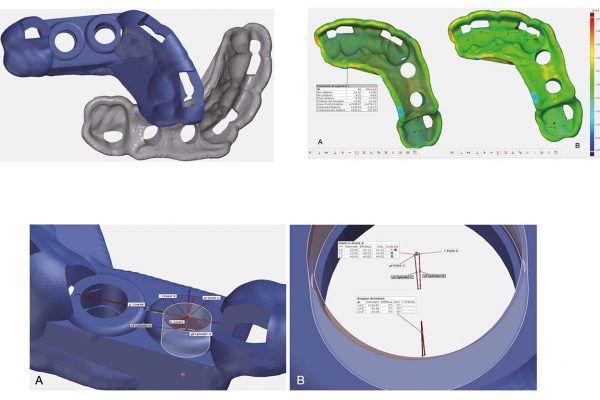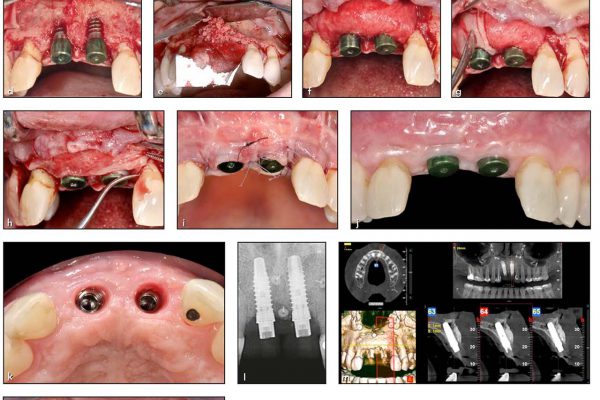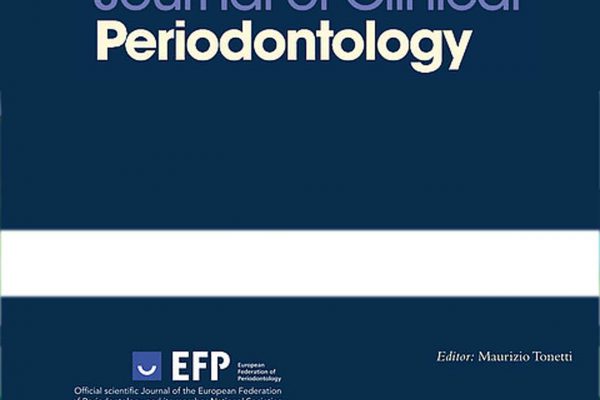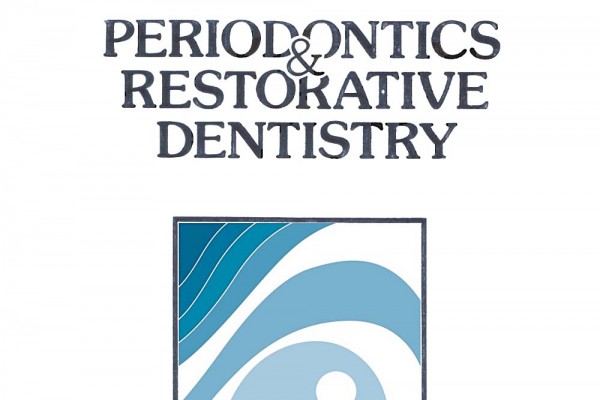Eur J Oral Implantol 2016;9(1):11–32
Bone augmentation at implant dehiscences and fenestrations. A systematic review of randomised controlled trials.
Mauro Merli, Ilaria Merli, Eugenia Raffaelli, Umberto Pagliaro, Livia Nastri, Michele Nieri
Abstract
PURPOSE:
To evaluate the efficacy of the bone augmentation procedure at dehiscence or fenestration defects in one-stage implant insertion and to evaluate which is the most effective procedure.
MATERIALS AND METHODS:
A systematic review of articles selected from MEDLINE, Cochrane Central Register of Controlled Trials (CENTRAL) and Google Scholar was performed. Additional studies handsearched and found in printed versions of the principal dental implant journals were included. Only randomised controlled trials (RCTs) were included. Outcome variables considered were implant failure, complications, aesthetic and functional satisfaction, complete fill of the defect, clinical and radiological bone level variation, and vestibular peri-implant recession. Independent data extraction by two authors using predefined data fields, including study quality indicators, was completed. All pooled analyses were based on random effects models.
RESULTS:
A total of 65 full-text articles were examined in detail. Forty-six of the 65 articles did not meet the inclusion criteria. Nineteen articles involving 15 trials were identified for inclusion in the review. Only one study was considered to be at a low risk of bias. The included studies involved 396 patients and 535 implants. Comparing the test group using membranes with the control without membranes, a statistically significant difference was obtained for vertical variation of the peri-implant defect; the difference was 1.64 mm (three RCTs, 95% CI from 0.47 to 2.80 mm; P = 0.006, I2 = 0%) favouring the use of a membrane. Non-resorbable polytetrafluoroethylene (ePTFE) membranes obtained a complete clinical fill of defects more frequently than resorbable polylactide/polyglycolide (PLGA) membranes. The odds ratio was 0.15 (two RCTs, 95% CI from 0.04 to 0.64 mm; P = 0.01, I2 = 0%), favouring the use of ePTFE membranes. No differences were observed comparing non- resorbable ePTFE membranes and resorbable collagen membranes. The comparison between cross- linked membranes and collagen native membranes yielded a very high heterogeneity for vertical variation of the peri-implant defect (two RCTs, I2 = 91%, P = 0.001). Dehiscence complications were more frequent using cross-linked membranes but the odds ratio was not significant (three RCTs, odds ratio 0.44, 95% CI from 0.18 to 1.10; P = 0.08, I2 = 4%).
CONCLUSIONS:
Overall, the evidence is not sufficiently robust to determine if any treatment is needed and which is the best treatment for dehiscence or fenestration defects at one-stage implant place- ment. Only 15 trials were included and the majority are of limited sample size, have short follow-ups as well as having a high risk of bias. The use of a membrane can contribute to the regeneration of the hard tissue in horizontal one-stage augmentation. The complete fill of the defect was obtained more frequently when a non-resorbable ePTFE membrane was used compared to a resorbable PLGA membrane. No differences were observed comparing non-resorbable ePTFE membranes and resorb- able collagen membranes. No substantial differences were obtained using different non-resorbable membranes and grafts, and the results were positive for the variables examined. A high result of heterogeneity was observed in studies dealing with cross-linked membranes.
CONFLICT-OF-INTEREST STATEMENT:
The authors declare that there are no conflicts of interest in this review which was funded by the authors themselves.





